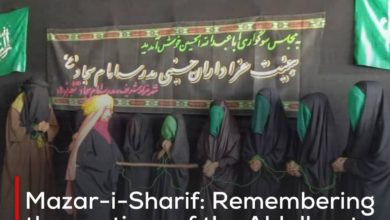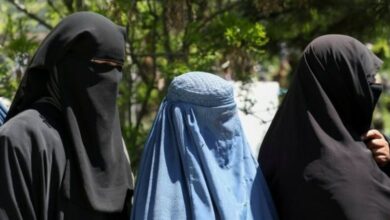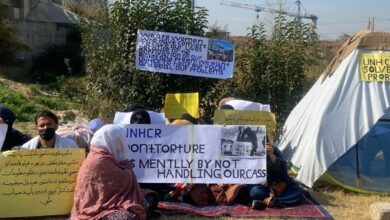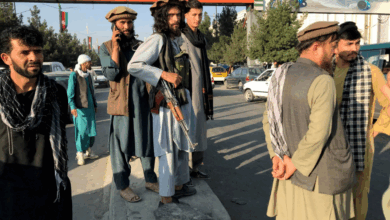Taliban Ministry Bans Images of Living Beings on Social Media, Raising Transparency Concerns
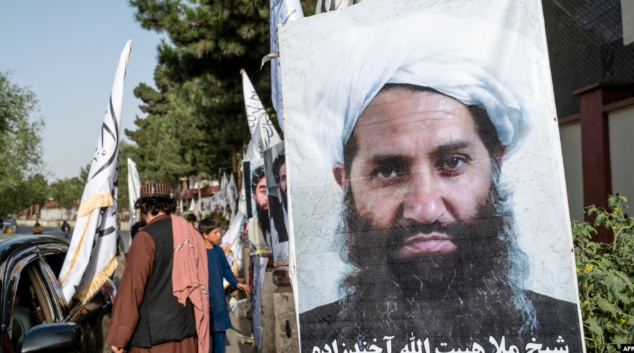
Afghanistan’s Taliban-run Ministry of Urban Development and Housing has ceased publishing images depicting living beings on its official social media channels, instead opting for photographs of empty meeting rooms and Taliban flags.
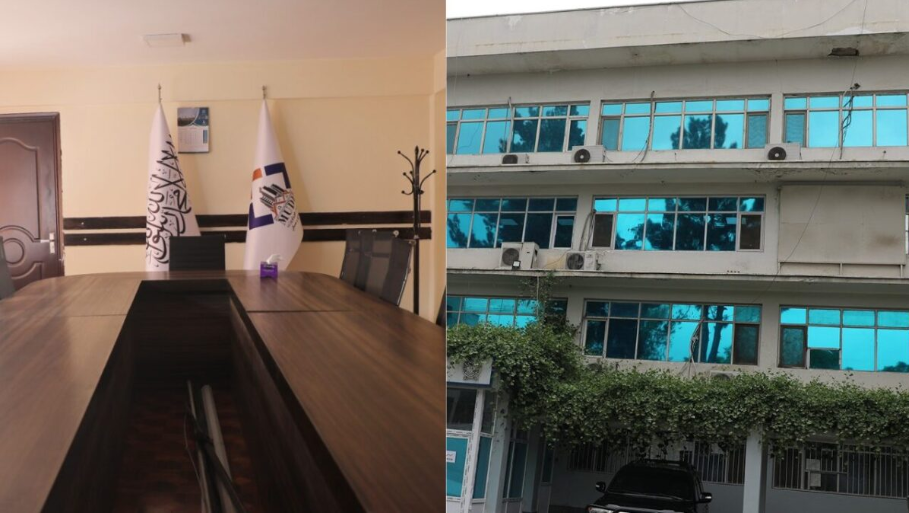
The Taliban Administration’s abrupt policy shift in restricting broadcast of living beings, observed since early August 2025, follows Article 17 of the Taliban’s Propagation of Virtue and Prevention of Vice Law, enacted in August 2024, which restricts the publication of living subjects, Amu TV reported. Critics warn that this move undermines transparency and echoes the group’s historical bans on imagery during its previous rule.
Over three consecutive days, the Urban Development and Housing Ministry’s social media accounts exclusively featured depopulated meeting venues, even from sessions of its Special Urban Planning Commission. This practice aligns with Article 17 of the Propagation of Virtue and Prevention of Vice Law, which mandates oversight of press content by morality enforcers and specifically prohibits images of beings possessing a soul.
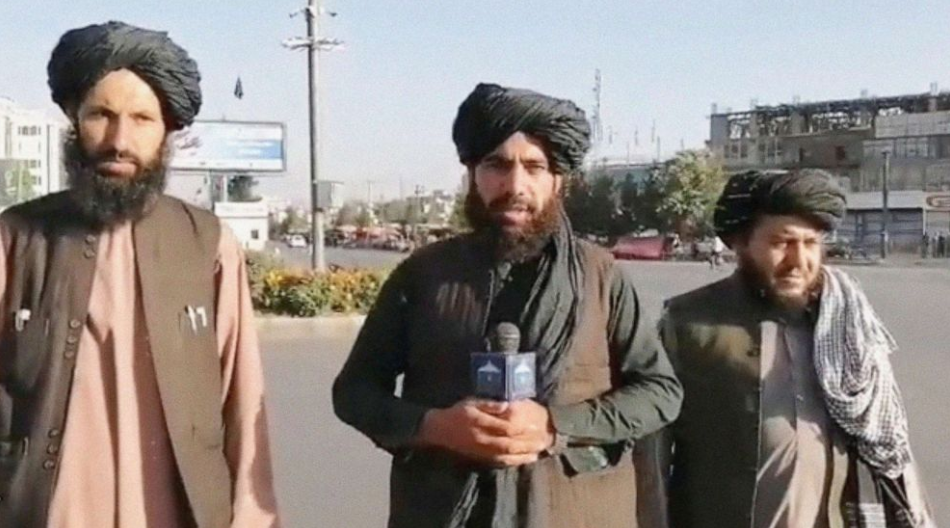
The Taliban’s Ministry for the Propagation of Virtue and Prevention of Vice has indicated a phased implementation of the ban, starting in strongholds like Kandahar and Helmand before expanding to northern provinces. Journalists have been advised to adjust their framing to comply. This directive is part of at least 21 regulations issued since 2021 that have curtailed media freedoms in Afghanistan, drawing parallels to the widespread outlawing of television and photography from 1996 to 2001.
Kabul university lecturer Basir Ahmad Danishyar criticized the policy, stating that concealing officials erodes public trust and accountability, calling it “narrow-minded, unrealistic and misleading.” The ministry is overseen by Acting Minister Najibullah Hayat Haqqani, who has been on a UN Security Council sanctions list since 2001.
Since the Taliban’s 2021 takeover, several senior officials, including acting ministers of Higher Education, Justice, and Public Health, and the head of the Supreme Court, have similarly avoided releasing personal images, limiting official communications to symbolic visuals. This self-censorship trend underscores the regime’s prioritization of ideological conformity over transparent governance and suggests a potential expansion of media restrictions across various government sectors.


